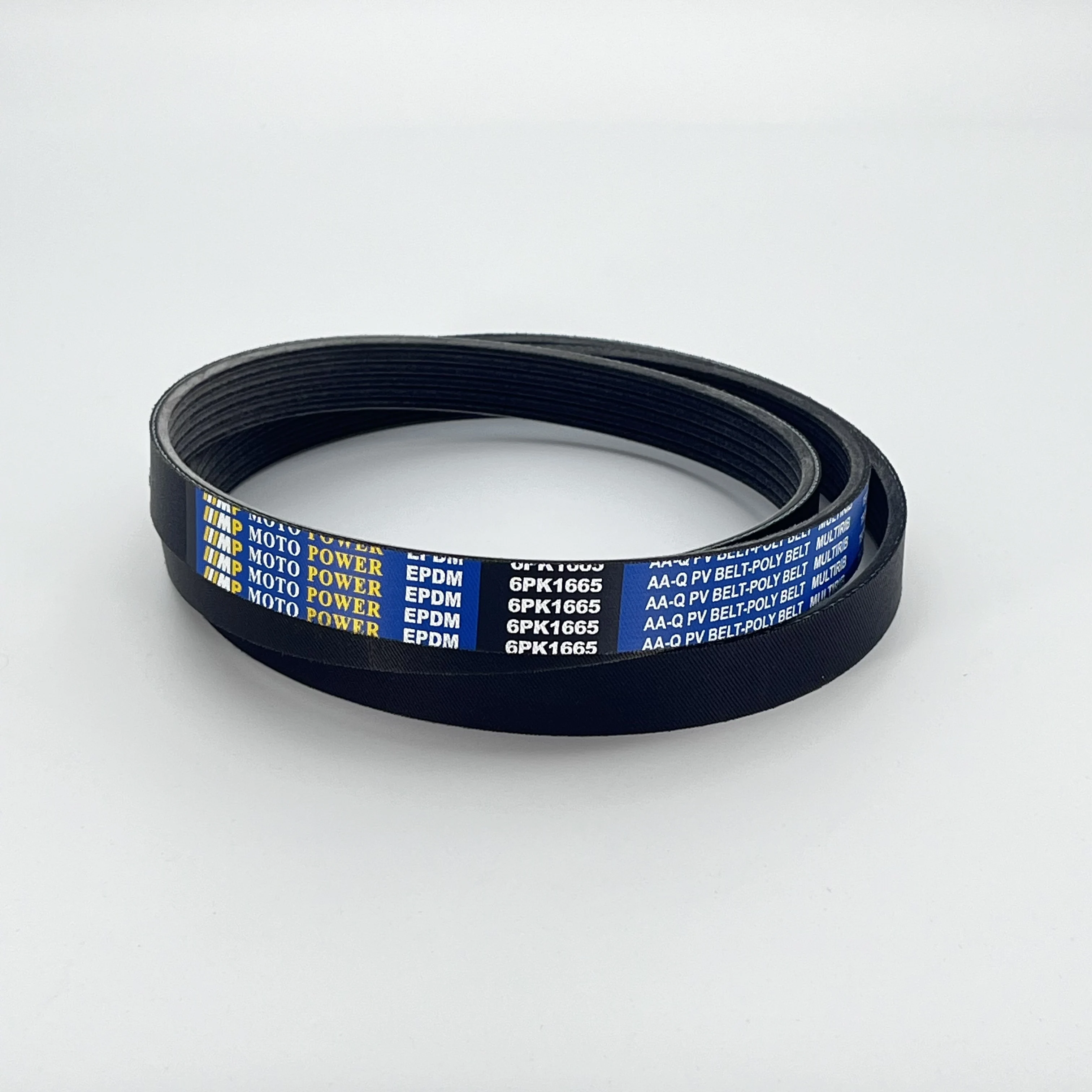Timing belts are key components in machines that help things run smoothly. The most well known of these timing belts is the rubber type. They are both goods in their own ways about different things. Belts made of rubber are softer and more flexible whereas polyurethane belts are harder and last longer.
Source Quality Rubber vs Polyurethane Timing Belts in Bulk at V Belt Global Supply
If you’re buying many timing belts, where you get them from matters. IIIMP MOTO POWER sells great quality bulk rubber and polyurethane belts, produced with care to extremely high tolerances. Newer rubber belts are already available in more places because they’ve been arounds the longest. Most suitable for machine which ha s no very harsh working condition.
That’s why purchasing from IIIMP MOTO POWER is wise
You can take a gamble purchasing flat rubber drive belts for less, but it’s such a quality roll of the dice. This can create issues down the line if the belt wears out prematurely or snaps. Polyurethane belts may costs more upfront, but they are often less expensive over time because they don’t have to be replaced as frequently. With wholesale purchasing with IIIMP MOTO POWER, you get better prices and reliable, quality products.
Common Uses Of Rubber Vs Polyurethane Timing Belts In Manufacturing
When rubber and polyurethane belts are used in factories, they pose other challenges. Soft flat rubber belts excellent grip and less noise. But they can get more wear and tear if you have oily skin or sweat easily. Sometimes rubber belts stretch or crack over time, particularly in machines that run fast or carry heavy loads. That’s a lot of monitoring and replacing, which can slow down productions. Polyurethane belts, by contrast, are better heat and chemicals responders.
About us
At IIIMP MOTO POWER, we’ve had the opportunity of working with a fair number of fine folks purchasing the ideal belt to fit their machine. For instance, a endless rubber belt may perform well with a printing press but not last long in a food-processing line full of oils and cleaning chemicals. Polyurethane belts are more durable in such conditions, though if the pulley system isn’t properly aligned it may be noisy. And polyurethane can be more difficult to install because it is stiffer.
Benefits
We’ve found that regular upkeep is crucial no matter which belt you end up with. Looking for cracks, wears or stretching can help prevent problems before they get too bad. IIIMP MOTO POWER also gives instructions on maintain belts and when to change them. That way, machines continue to emerge smoothly from factories and don’t grind to a halt with unexpected shutdowns.
The Cost Effectiveness of Rubber vs. Polyurethane Timing Belts
When you’re purchasing many timing belts in bulk, as a wholesale buyer would, you have to factor in what they cost over time and how long-lasting the belts are. We at IIIMP MOTO POWER frequently assist potential buyers in knowing why the prices of rubbers and polyurethane timing belts are not the same. The rubber belts themselves usually cost less to begin with.
Where Rubber Timing Belts Frustrate and Polyurethane Timing Belts Drive in Industrial Applications
In factories and other industrial operations, the work is hard on machines and requires parts that can keep up with rigorous jobs. Rubber timing belts are easily one of the most widely used type of detailing with the fact that theyre pliable and easy to apply. But rubbers belts have a few issues in these applications. When theyre exposed to heat, grease or chemicals, though, they can wear out fast.
What are the emerging benefits of Polyurethane Timing Belts over rubber and in bulk buy
An increasing numbers of customers are selecting polyurethane timing belts from them for their bulk purchase. This is a trend that is only getting stronger, particularly for businesses searching for belts which last longer and perform better. Claims: What we are asked at IIIMP MOTO POWER is what people offer us as polite to be able to sell them polyurethane belts instead of rubber.
Conclusion
If you are buying in bulk, opting for polyurethane belts will make your life easier even under rough conditions. Third, there is less noise and vibration when machines operate with polyurethane belts. That can help make the workplace more quiet and safe for workers. With rubbers belts, noise is potentially to increased degree when worn. And polyurethane belts tend to be available in a greater variety of sizes and designs, offering buyers more options for fitting specific machines.
Table of Contents
- Source Quality Rubber vs Polyurethane Timing Belts in Bulk at V Belt Global Supply
- That’s why purchasing from IIIMP MOTO POWER is wise
- Common Uses Of Rubber Vs Polyurethane Timing Belts In Manufacturing
- About us
- Benefits
- The Cost Effectiveness of Rubber vs. Polyurethane Timing Belts
- Where Rubber Timing Belts Frustrate and Polyurethane Timing Belts Drive in Industrial Applications
- What are the emerging benefits of Polyurethane Timing Belts over rubber and in bulk buy
- Conclusion

